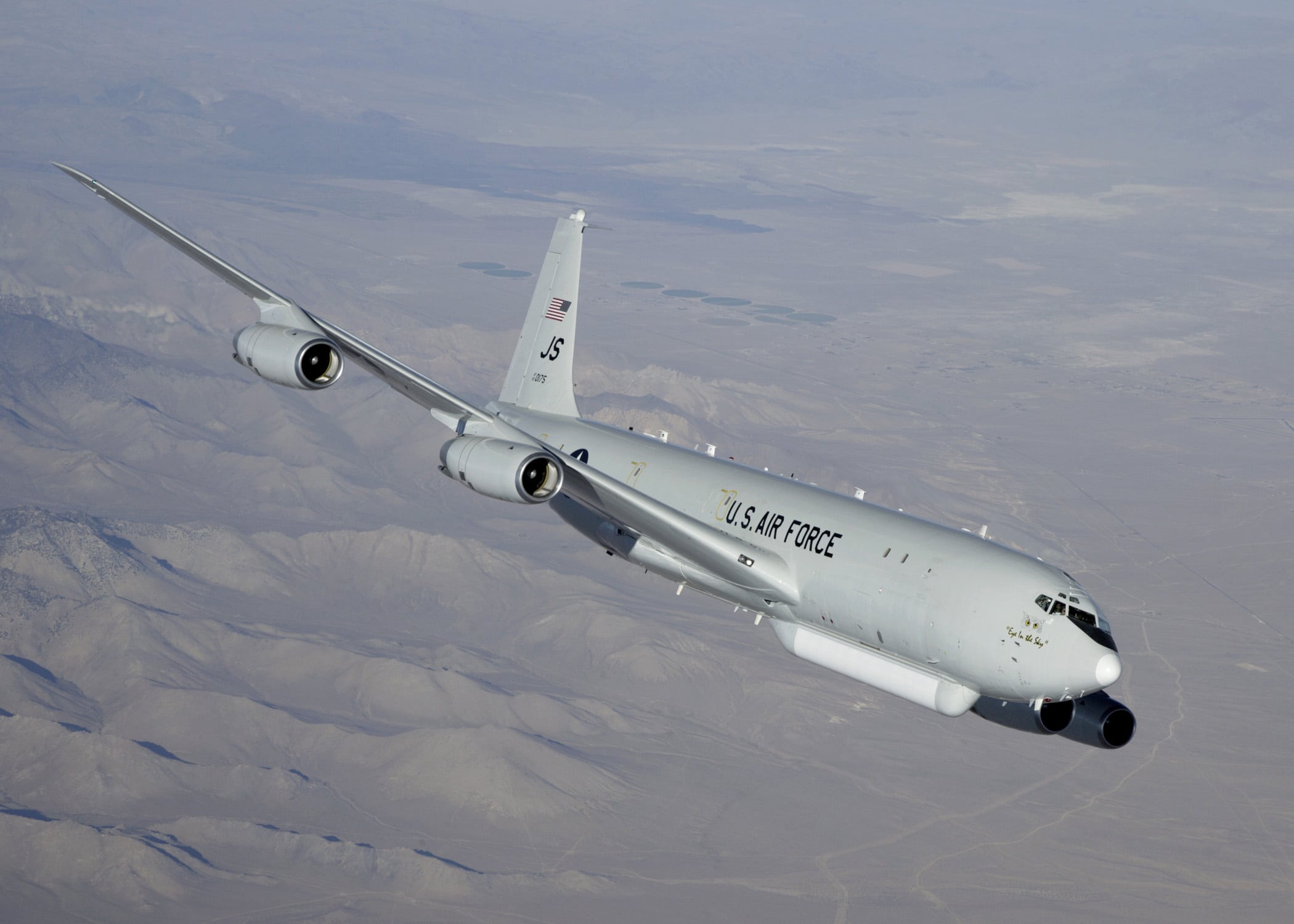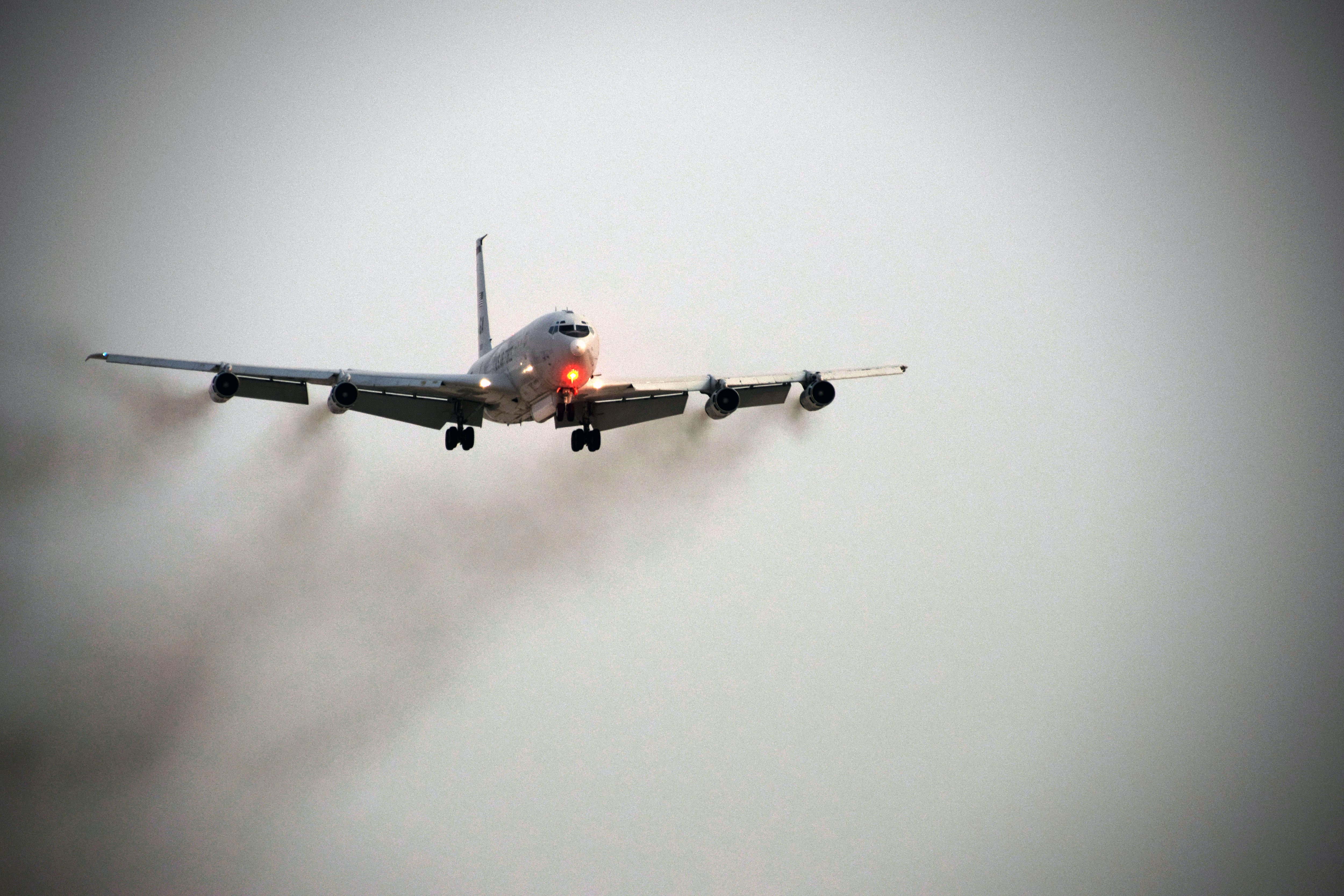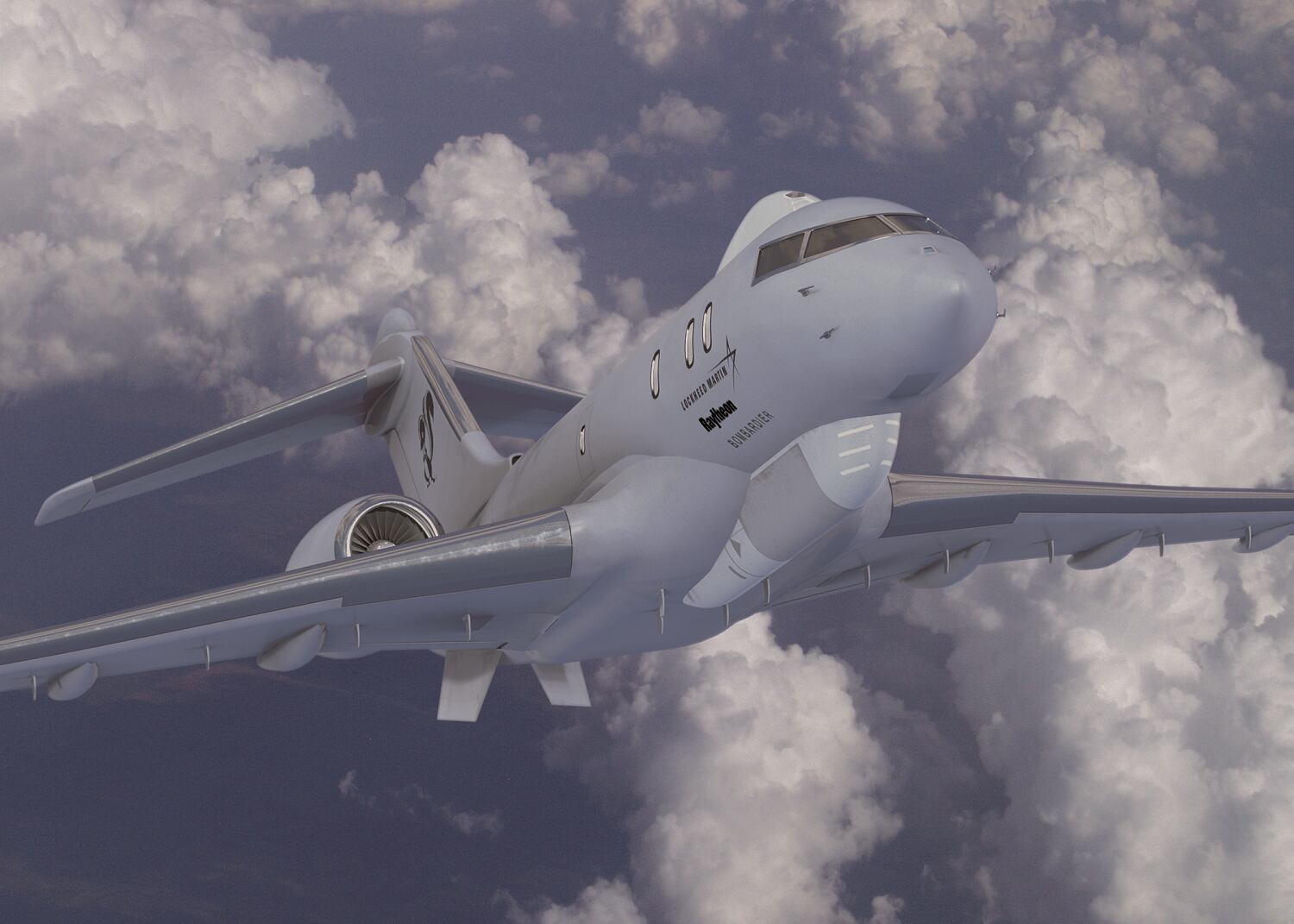WASHINGTON — By the end of October, the U.S. Air Force will have made a decision on the future of the JSTARS recapitalization — namely, whether the service should cancel the program and replace it with an interim capability comprised of existing technology. However, the service’s No. 2 civilian said outsiders will have to wait until the fiscal 2019 budget is released to find out what will happen.
Air Force Secretary Heather Wilson and Air Force Chief of Staff Gen. David Goldfein have not yet made a final call on whether to cancel the JSTARS recap, but once a decision has been reached, the service will have to defend its decision to Defense Secretary Jim Mattis, and then to the Office of Management and Budget and President Donald Trump, said Air Force Under Secretary Matt Donovan.
“The real decision will be when the FY19 budget goes over to Congress, that’s when the decision would be revealed to the public,” he told Defense News during his first-ever interview on Oct. 12.
Boeing, Lockheed Martin and Northrop Grumman are competing to build the follow-on aircraft to the E-8C Joint Surveillance Target Attack Radar System, an aging fleet of 16 planes that have been heavily used in the Middle East for ground surveillance and communications relay. However, Air Force leaders are worried their current recapitalization strategy — which involves buying commercial planes modified to carry a powerful radar and battle management suite — might not be the most survivable option.
Earlier this month, Wilson said the final determination would be based on a “rapid assessment” conducted by a small team of officials tasked with evaluating and presenting alternatives to service leaders; but exactly what those options are remain shrouded in secrecy.
RELATED

Lt. Gen. Arnold Bunch told Defense News that the assessment team has not provided Wilson with a finalized list of options, but plans to do so in time to meet the secretary’s timetable for making a decision by the end of the month.
“The secretary has seen some of the dialogue in some of the areas that we’re looking at, but we need to put more granularity into it as we come forward,” Bunch said during an Oct. 10 interview.
He declined to lay out the various options under consideration, including which new and existing technologies could be linked together to perform the JSTARS mission or what new concepts of operation have been developed.
“We are looking at a variety of platforms that are out there, we are looking at a variety of upgrades and changes that we might need to do to pull all the disparate pieces of information together,” he said. “So I won’t say it’s this, this, this and this. What I would say is we’re looking at a variety of different things. I wouldn’t say we’ve nicked it down to: These three things are going to answer [it]. I think there are a bunch of different things that we’re going to look at.”
Bunch described the team responsible for the assessment as a small, diverse group with members from Air Force’s requirements and acquisition wings, research labs, Air Combat Command and Air Materiel Command.
“Our driver on this is being smart on how we meet the combatant commander’s requirements and how we meet our requirements. Cost is not the driver here. Budget is not the issue,” he said, adding that it’s possible some alternatives could be just as expensive as the JSTARS recap.
RELATED

The big question the Air Force must now answer is whether the legacy JSTARS has enough service life to give the Air Force time to develop a systems-of-systems approach for doing the ground surveillance mission, said Mark Gunzinger, a senior fellow at the Center for Strategic and Budgetary Assessments. The technology is ready, he said, but it will take a big shift in thinking for the service to move from considering platforms to a concept of operations.
An aircraft like JSTARS is probably not survivable in a war with a peer competitor like China or Russia, he continued.
“You have an aircraft with a high-powered radar that emits a lot of energy that can frankly be detected by enemy IADS [integrated air defense systems] and other sensors. If you can be detected and then tracked, then perhaps an intercept would be launched against you, and that’s just not a survivable situation,” he said.
“But what if you had four or five aircraft that were communicating with each other through laser comms or some other LPI/LPD [low probability of intercept/low probability of detection] data link, and they had passive sensors, and they didn’t emit, yet they were capable of launching a couple of drones or cruise missiles with sensors that did emit?” he said.
“And those deployable systems then could radiate to detect targets, and the aircraft that launched them could remain passive and receive the energy that bounces off the targets and determines where those targets are. So now you’ve helped increase the survivability of your manned platforms by using deployable systems that radiate, and if they’re shot down, they’re much lower cost and, OK, just launch another one.”
RELATED

Rebecca Grant of IRIS Independent Research said the Air Force will likely have to adopt an incremental approach that gradually pushes out new data links and sensors across its fleet — networking assets together over time.
“You can put packages on existing surveillance platforms. Put a package on the U-2, put a package on the Global Hawk,” she said. “We’re looking for the F-35 for more battle space intel characterization, so you can put littler things on littler airplanes to link them together to do the JSTARS mission and a whole bunch of other missions.”
“The difficult part is making the overall architecture decision. What planes? … What comm links? And this is not trivial,” she said.
It’s possible the Air Force — perhaps through Big Safari or the Rapid Capabilities Office — even develops small business jets outfitted with sensors to test out key technologies or to field them in the fleet as a “Version 1.0” type of capability, Grant said.
“This is not a case where you have to go and pioneer a lot of technologies,” she said. “It’s about the Air Force making choices and gritting their teeth and committing to a path forward knowing they’re going to have to go through version 1.0, 2.0 and so on and so forth. So to me the question is: Are they ready to take the plunge? If they are, then JSTARS recap as we know it goes away.”
The Air Force has indicated it will fly the legacy JSTARS until at least fiscal 2023, and that hasn’t changed, Bunch said. However, he left the door open on whether the Air Force would sustain the platform after that point, saying the service is also assessing whether it makes more sense to retire the fleet after that due to its high-operational costs.
“Past then is a long time out, and it will be informed by what I find as I do these decisions and I go through this effort,” he said, although he acknowledged the Air Force would have to abide by any congressional language mandating the retention of the JSTARS aircraft.
Valerie Insinna is Defense News' air warfare reporter. She previously worked the Navy/congressional beats for Defense Daily, which followed almost three years as a staff writer for National Defense Magazine. Prior to that, she worked as an editorial assistant for the Tokyo Shimbun’s Washington bureau.








